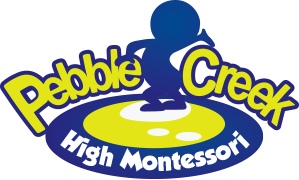Learning Environment
The best moments usually occur when a person’s body or mind is stretched to its limits in a voluntary effort to accomplish something difficult and worthwhile. The optimal experience is thus something that we make happen.
Flow Theory (Mihly Csikszentmihly)
Primary Years Learning Environment
The young child between the ages of 3 to 6 years is an explorer who wants to touch, feel, use things to create his own learning. At this age the child has the urge to understand the world in his/ her own way, to become independent, to be free to move and to talk! Through Practical Life Activities and concrete Sensorial Experiences, the Montessori 3 to 6 years learning environment offers scope for Movement, Independence and Development of Language – the 3 most fundamental skills which need to be supported in a prepared environment, during the foundational years of life and learning. The availability of a mixed aged peer group further offers opportunities to absorb, imitate and practice these skills on a daily basis.
“The child has to acquire physical independence by being self-sufficient; he must become of independent will be using in freedom his own power of choice; he must become capable of independent thought by working alone without interruption. The child’s development follows a path of successive stages of independence.” Dr Maria Montessori
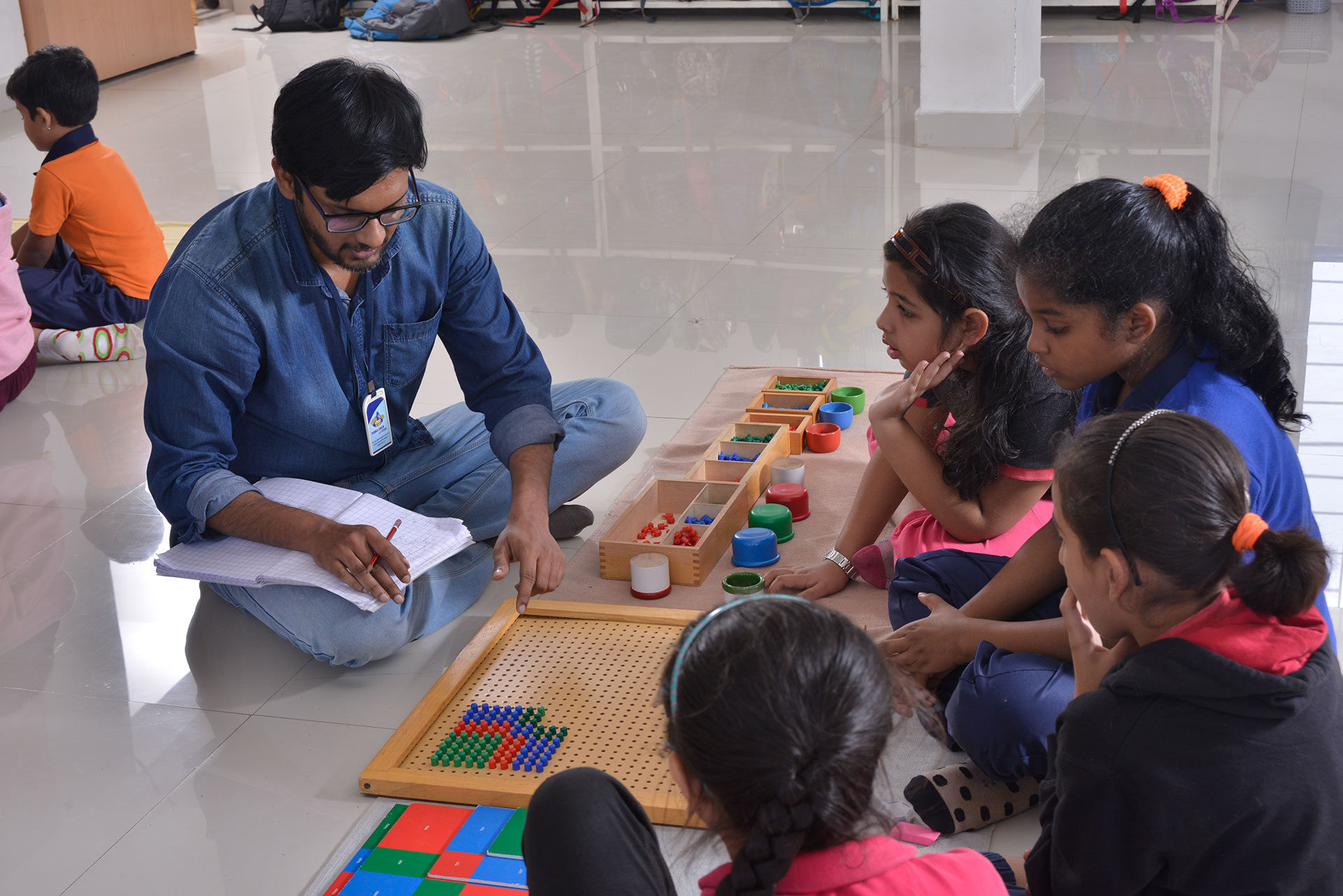
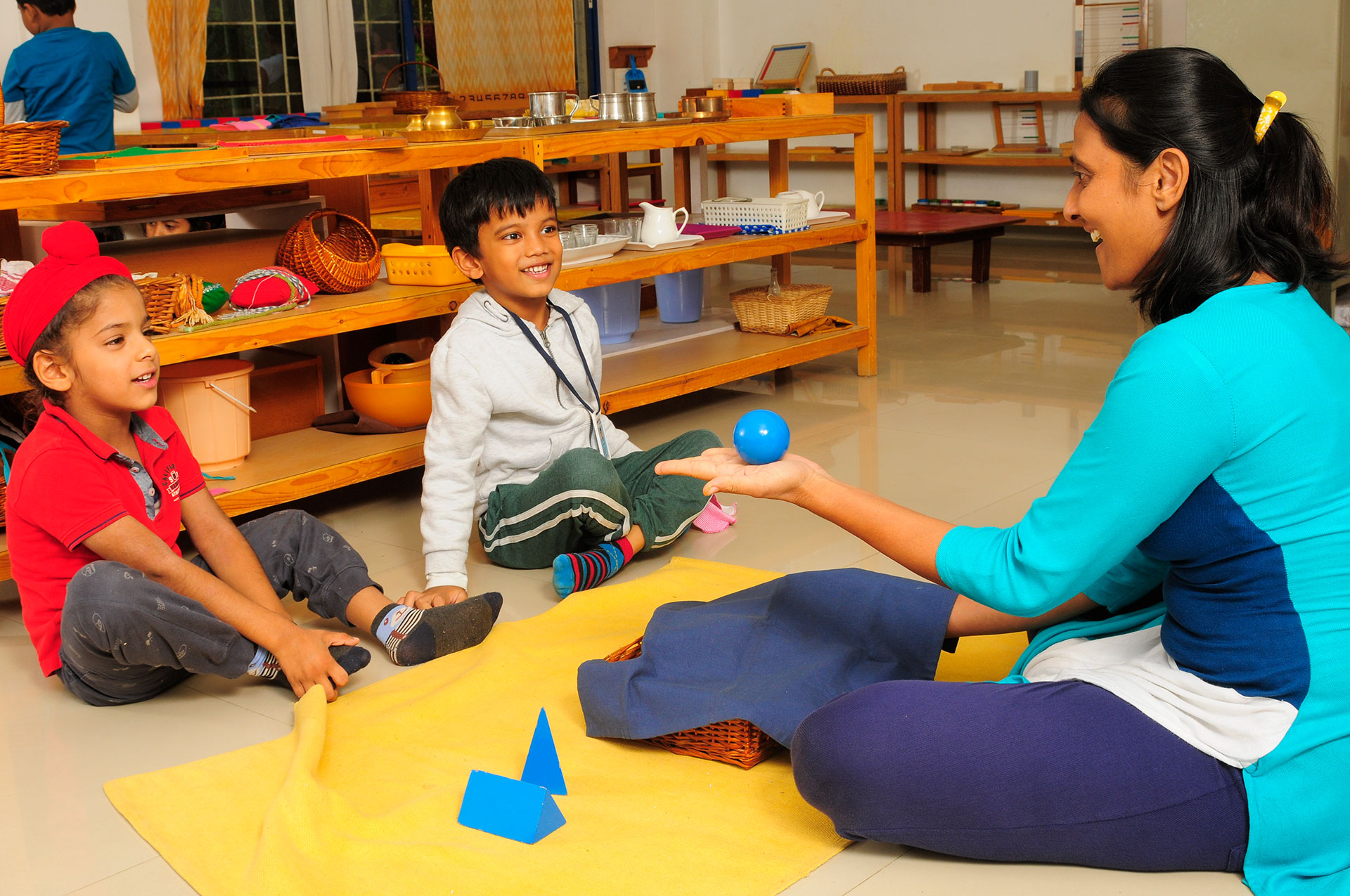
Primary Montessori Curriculum
With the freedom to explore the indoor and outdoor environment by choice, the child on any given day is engaged with gathering experiences through the use of concrete materials that lend themselves to manipulation and slowly move the child towards the abstraction of various concepts.
Practical Life Activities – Real life activities that help in the development of motor- coordination, Independence, concentration and finer details of the child’s own culture.
Sensorial Activities – that support the application and refinement of sounds, textures, weights, colours, shapes, and dimensions.
Language activities – A foundation of rich vocabulary, phonics and free composition, stories, poems and music, that supports the skills of speaking, listening, writing as a medium for self expression, and reading.
Mathematics – Hands on use of concrete material to learn about numbers, the various relationships in hierarchies and basic mathematical operations. Geometric representation of all math concepts lays a strong visual foundation for future concepts.
Elementary Years Learning Environment
A child of Elementary years has an insatiable thirst for knowledge, and is always seeking to build connections and relationships in the information they gather, by asking innumerable questions. A fundamental question ‘Why’ can open the doors to a lifelong path of self-learning and actualization. Asking a Why can become a tool for imaginative exploration and creative solutions, it can become the mind’s runway on which it takes off toward intellectual discoveries and also make inferences from discussions of morality and justice.
The Montessori 6 to 12 years Learning Environment supports the need of the child to ask WHY? Harnessing upon the child’s unfolding imagination and sense of reasoning, all subject knowledge is offered through the medium of stories, impressionistic charts and developmental material. As these materials help the child to make connections in academic concepts, they also help in creating a conscious connections for the child between the society of people and culture to which it belongs and to all elements of Nature and The Universe. Cosmic Education becomes the foundation of all learning in the Elementary Years Programme.
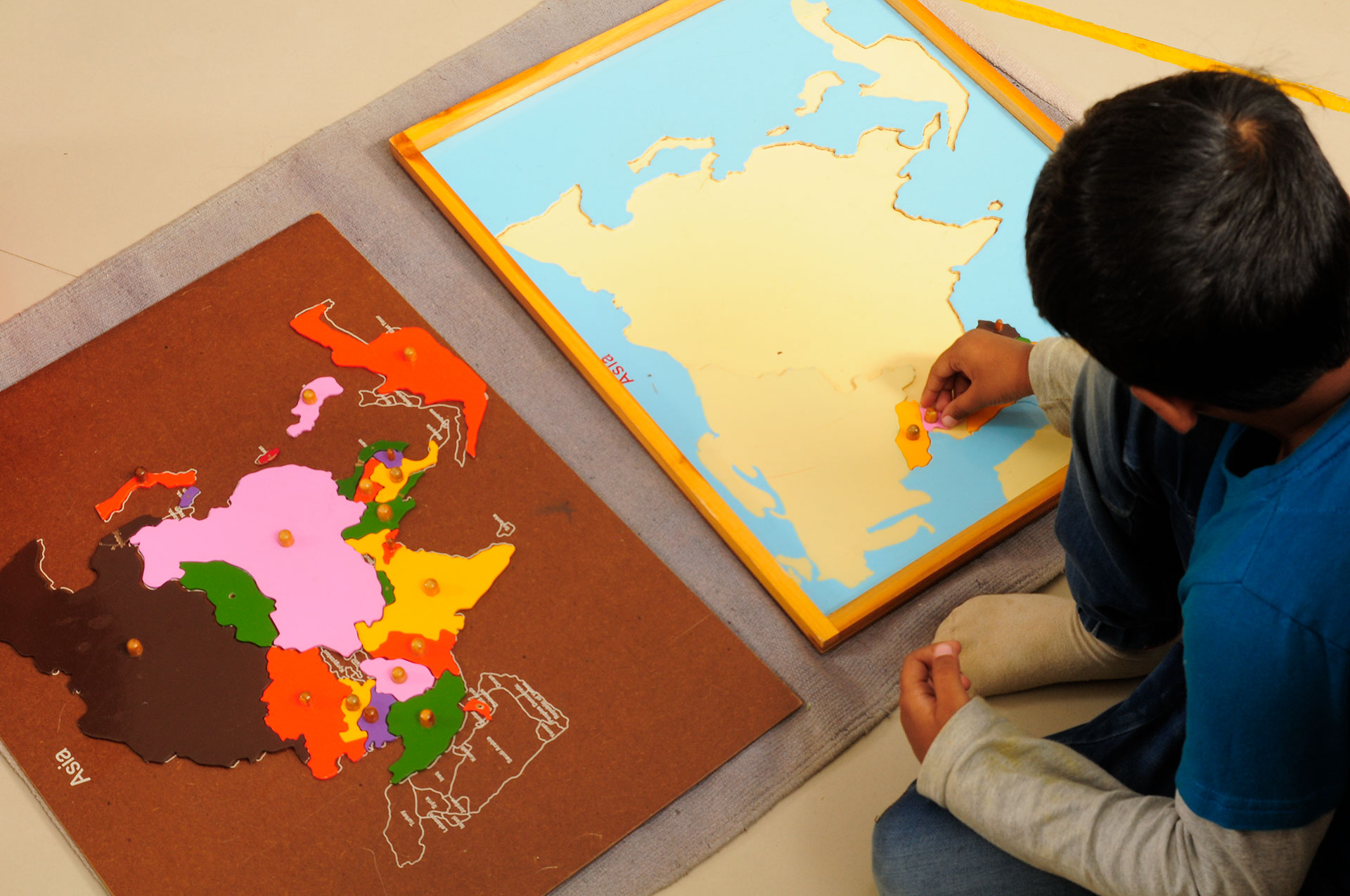
“No matter what we touch, an atom, or a cell, we cannot explain it without knowledge of the wide universe. What better answer can be given to those seekers for knowledge? It becomes doubtful whether even the universe will suffice. How did it come into being? How will it end? A greater curiosity arises, which can never be satiated; so will last through a lifetime. The laws governing the universe can be made interesting and wonderful to the child, more interesting even than things in themselves, and he begins to ask: What am I? What is the task of man in this wonderful universe? Do we merely live here for ourselves, or is there something more for us to do? Why do we struggle and fight? What is good and evil? Where will it all end?” – Dr Maria Montessori
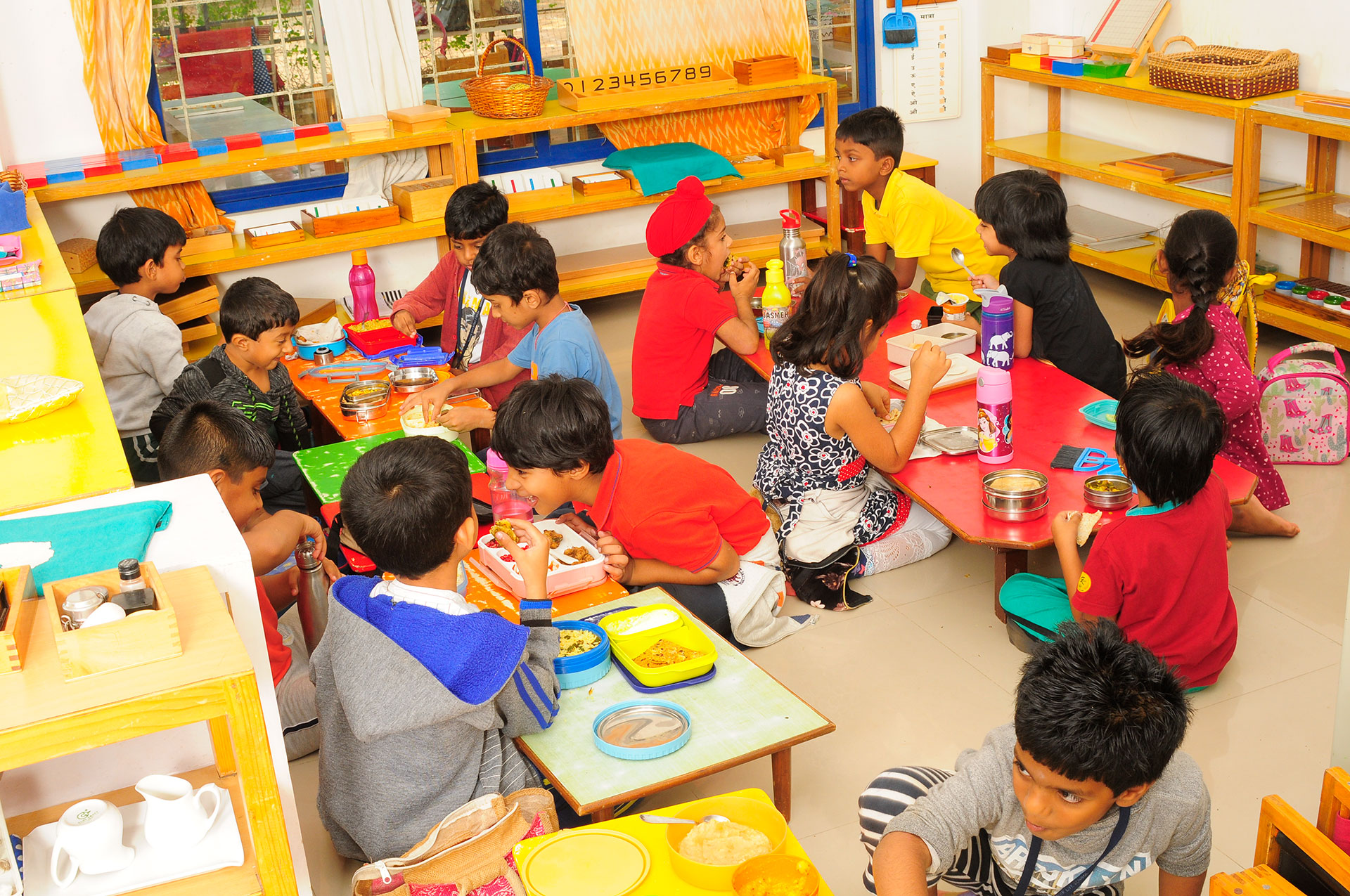
Elementary Montessori Curriculum
The curriculum supports the application of child’s imaginative and reasoning capacities in the academic study of
- Language arts – Listening, speaking, writing and grammar
- History – Natural and Human History
- Social and Natural Sciences
Mathematics and Geometry - Creative Arts and Music
Practical Life Activities that arise from the everyday life and needs of the community of children
Extensive and real time research based learning promote active enquiry on topics of interest. ‘Going Out’ opportunities build the learning bridge from the classroom to the real world.
The Cosmic Education curriculum, which unfolds from the premise ‘all elements and living beings are connected and interdependent’, enables the integration of knowledge among various fields like Geometry to Geography, History to Mathematics and Mathematics to Biology and so on. It also sensitizes and engages the child in discussions of ethics, morals, diversity, personal and social justice as and when they emerge from various aspects of the curriculum.
